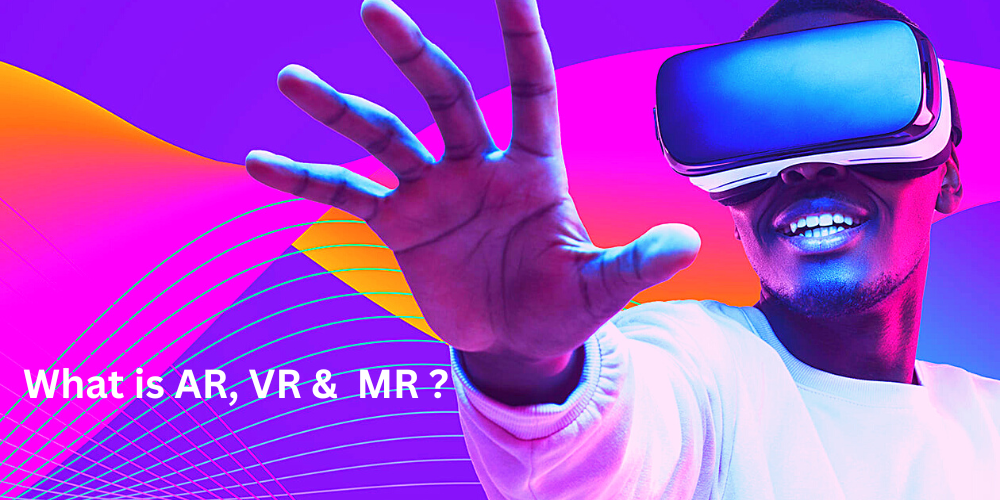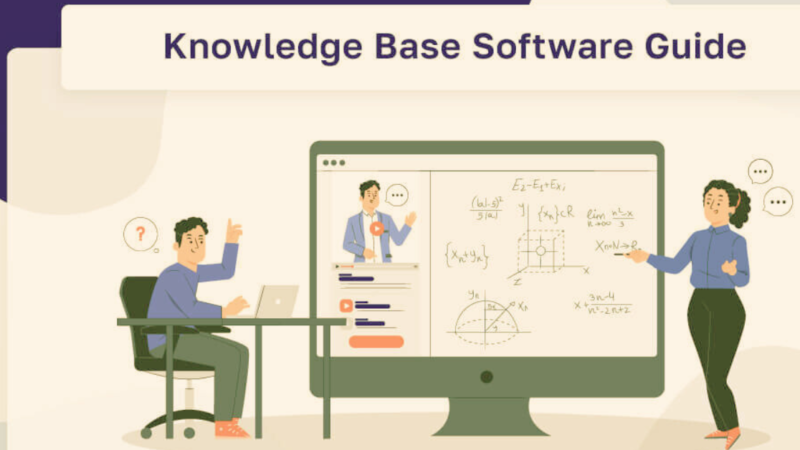What is the Difference Between AR vs. VR, and MR?

AR, VR, MR – Augmented reality, Virtual reality, and Mixed Reality are becoming important industrial tools. Become familiar with their similarities and differences.
The evolution of virtual reality, augmented reality and mixed reality technology. They are not as complex as portrayed in Hollywood, but they are still utilized in the industrial industry.
Here is a comparison of their similarities and differences.
What is augmented reality?
Augmented reality (AR) superimposes a digital display over a user’s perspective of their environment. The display in Tony Stark’s Iron Man helmet is the ideal illustration. It displays vital information, such as the distance to objects, the player’s altitude, and the opponent’s speed.
However, augmented reality is not exclusive to the Avengers. AR is being used by manufacturers to teach employees and conduct maintenance.
An augmented reality headgear shows relevant information, such as the machine’s model and serial number, as well as its instruction manual and maintenance methods, in a production environment. The augmented reality (AR) headgear may sync with a tablet or computer, allowing a supervisor to see what a worker sees and provide voice instructions on operating or fixing a piece of equipment. Even animated instructions for completing a specific operation or servicing a piece of equipment may be shown on the AR headset.
AR technologies like Google Glass were first advertised for daily usage, but the public found them startling and uncomfortable in “regular” settings, such as a bar or sporting event. Google Glass is not very useful in social contexts but has promise as a production tool. In reality, the second version of Google Glass, Google Glass Enterprise Edition 2, is designed for manufacturing and logistics businesses.
What is virtual reality?
As shown in films such as The Matrix and Ready Player One, virtual reality (VR) in Hollywood is an immersive, computer-generated environment that precisely replicates the physical experiences of the real world. VR is still a valuable, if partly Immersive technology, even though we are still far from feeling taste, touch, and smell.
Virtual reality is a three-dimensional computer-simulated environment that people may interact with using a mouse or wearable devices such as headphones and special gloves. While VR technologies such as the Oculus Rift are transforming the game business, they are also being used in manufacturing. Users may program computers to develop models or recreate a factory’s essential activities in order to get insight into its efficacy. For instance, employees may reproduce the production process and examine it in the VR simulation to see whether specific equipment can be operated more efficiently. This may give useful information without spending the resources required to operate the real equipment.
Manufacturers may utilise specialized VR headsets to check equipment, review manufacturing processes, and teach employees. In order to monitor a product’s lifespan and get insight into its inner workings, manufacturers may also develop a digital twin or virtual model. This approach was used by BAE Systems to develop Astute-class submarines. BAE Systems built 3D virtual submarine models using a Virtalis VR system as a less costly alternative to constructing actual models.
Also, read- bitcoin-mining
What is mixed reality?
Mixed reality (MR) is an augmented reality extension that enables users to control and interact with virtual objects and data. Using a mixed-reality headset, users may engage with information that is aligned or synchronized with certain regions of their actual surroundings. For instance, an MR headset may project a virtual keyboard onto a desk, allowing the user to text with it.
Similar to augmented reality, firms may teach employees using mixed reality solutions. An MR headset technician may view a holographic depiction of a piece of equipment, such as an engine, and virtually dismantle it to examine its inner workings. This decreases the time, effort, and resources required to physically inspect the equipment.
The capacity of the user to interact with the digital display distinguishes mixed reality from augmented reality as the primary distinction between the two technologies. Using an AR headset, a technician can examine a holographic depiction of the engine but cannot virtually disassemble it.
Although mixed reality is still in its infancy, several companies are finding uses. At aircraft maker Airbus Defense and Space, for instance, technicians use MR systems like HoloLens to determine if designs are ready to be built or need more work.
Also, read – AI – Artificial Intelligence
Meta plans to make VR headsets business-friendly
Eventually, Meta will allow businesses to establish and manage accounts for its virtual reality headsets. This is part of an effort to make the hardware more attractive to businesses.
Meta’s move to no longer need a Facebook login for its virtual reality headsets is a first step toward enabling businesses to establish work accounts for the devices.
Beginning in August, Facebook accounts will no longer be required to utilize the company’s VR devices. People will instead establish a new profile, known as a Meta account, that is not linked to their social network.
Meta promises to enable businesses to establish business Meta accounts for employees, manage VR headsets, and offer single sign-on for employees in 2019. Meta did not share any further information on these capabilities.
The Facebook login requirement prompted protests and privacy concerns, prompting several businesses to seek an alternative. Jeremy Bailenson, the institution’s founding director of the Virtual Human Interaction Lab, said that Meta’s headsets are used in Stanford’s VR courses. The lab needed Meta’s assistance in generating anonymous classroom accounts to protect student privacy.
“I am delighted to see the separation of hardware and social media,” remarked Bailenson.
Meta will allow businesses to establish work accounts for virtual reality headsets, a crucial step in preparing the devices for corporate use.
Even when Facebook logins did not entail more labour for businesses, they sometimes created confusion.
Osso VR, a company specialising in training, now provides virtual procedures to educate physicians on surgical methods. According to the CEO of Osso, Justin Barad, many medical schools and healthcare firms utilize the Meta Quest 2 headset to access Osso’s training program. The Meta Quest 2 headset has a price tag of $299 and offers a high degree of immersion.
However, for trainees to join Osso’s platform, they must first register using their social media accounts, which is a prerequisite that seems superfluous.
Barad said, “[It] was unquestionably seen as a suboptimal system.” “It seemed unrelated to the use case now being considered.”
According to Barad, the current update should result in an increase in the possibility of healthcare businesses employing the Quest 2 for training purposes.
People who use Meta headsets will be required to sign up for Meta accounts on the first of the next month and customize both the appearance of their avatar and the name shown on their profile. This step will occur in conjunction with the launch of a new feature.
Meta has taken the lead in the market for virtual reality headsets. According to IDC, the company’s Quest 2 headset accounted for 90% of all headset sales in the first quarter of this year. The gadget sales were much higher than those of the ByteDance Pico headset, which only owned 4.5% of the market then.
However, there is a lot of rivalry for clients in the augmented reality (AR) and virtual reality (VR) markets. The augmented reality (AR) HoloLens 2 headgear, which costs $3,500 and is sold by Microsoft, has gained traction in the business sector because of capabilities such as the ability to manage access to data using Azure Active Directory. Microsoft also has ambitions to purchase Activision Blizzard, allowing the corporation to apply its experience in developing gaming virtual worlds to its upcoming augmented reality and virtual reality products.
According to Bloomberg, Apple planned to deliver a virtual or augmented reality headgear sometime in 2019. The firm has not made any official announcements about a product.






